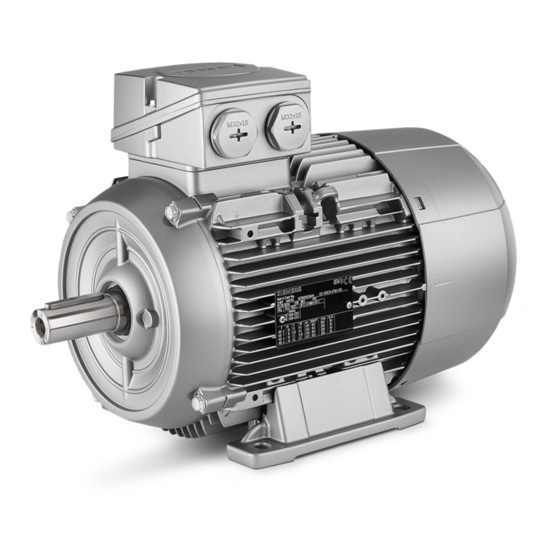
Siemens SIMOTICS SD Operating Instructions Manual
Low-voltage motors
Hide thumbs
Also See for SIMOTICS SD:
- Operating instructions manual (136 pages) ,
- Compact operating instructions (166 pages) ,
- Operating instructions manual (100 pages)

















Need help?
Do you have a question about the SIMOTICS SD and is the answer not in the manual?
Questions and answers